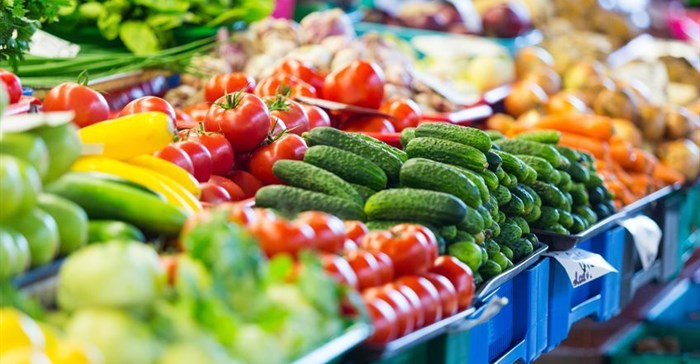We live in a world of constant change, but one thing that remains constant is that people must eat daily to meet their dietary needs for an active and healthy life. For this reason, people across the world need to have physical, social and economic access to sufficient, safe and nutritious food. Key to this access to food is the issue of affordability. This is the reason governments across the world introduce policies to develop agro-food systems in their respective countries that ensure food security for the population.

©William Perugini via
123RFAgro-food systems often differ considerably from country to country, depending on the level of development, resource availability, business sophistication and agro-food policies and legislation adopted. Even within countries, huge inequality in development and demographic dynamics will necessitate the development of a diverse agro-food system, as we have in South Africa.
An agro-food system in a fairly well developed to a highly developed country is complex and has many variables interacting with one another, as is also predominantly the case in South Africa. South Africa does, however, also have a sizeable smallholder and subsistence sector that requires support to ensure a basic level of household food security, especially in the deeper rural areas.
Consumer power: Remaining stocked to meet demand
The first major trend in the agro-food system is the increased power that consumers have in determining what they will buy, where they will buy it, and what they will pay for it. Not only in South Africa but globally there has been a very significant shift away from simple starch-based diets to a far more animal-protein based diet.
In addition, consumer activism around labelling, food safety, nutritious food, where and how socially and environmentally responsibly it was produced, amongst others, are all key considerations today. The major retailers (even farm markets) are constantly evaluating what the consumer wants and send signals back down the supply chain to ensure that they remain stocked to meet that demand.
Developing globally competitive value chains
In an inherently open, market-based global agro-food system, albeit often skewed by subsidies, tariff and non-tariff measures, the second major trend is the development of globally competitive value chains. Efficiency up and down the value chain, together with scale of economy benefits and aggregation models, allow the majority of South African value chains to be globally competitive.
This is best illustrated by South Africa being a nett exporter of both primary and secondary (processed) agricultural products, with our wines, citrus, pome, stone and various subtropical fruits, various nuts, beef, wool, mohair, and maize surpluses, amongst others, being exported.
South African agricultural exports have grown from roughly $2.4 billion in 2001 to close to $8.6 billion in 2016, despite the serious drought of that year, earning much-needed foreign exchange for the country. This also now represents approximately 7% of the country’s total exports and is achieved by a sector that receives of the least government support when compared across the globe. Improved demand-side management will be a key challenge to ensure competitiveness and global market access.
Producing more with less
Food production at farm level is a key and critical process in the value chain and the third major trend is the strong move towards production sustainability in a competitive market, with due consideration to the management of critical and scarce resources such as land, water and energy, and the big unknown but real climate change factor.
So precision farming, conservation agriculture, biological farming, climate-smart farming, vertical and urban agriculture, have all become approaches to produce more with less, and enhance our resources and their sustainable use in the process. Continued recognition of property rights remains critical to sustainable production.
The fourth industrial revolution in full swing
The fourth industrial revolution is already in full swing as the fourth major trend, and the agro-food system is benefitting substantially from biotechnology, informatics, robotics, drone technology, digital information systems (for example, for traceability), etc. The advent of big data management is allowing role players in the value chain to improve efficiencies considerably in order to gain an edge over their competitors.
Underpinning the use of advanced technology and the drive to greater efficiency is the talent factor and requisite skills. Jobs in the sector are changing as fewer unskilled labourers are required, but more semi- to highly skilled personnel are employed in the value chain.
Increased regulation
Given food safety risks and the significant increase in non-communicable diseases (NCD’s), such as diabetes and obesity, increased regulation is the fifth important trend developing in the agro-food system of South Africa. New legislation, such as the proposed Sugary Beverages Tax Bill and proposed genetically modified labelling, will all up the compliance pressure, making it increasingly difficult for the smaller player in the value chain to survive.
To conclude, there are a number of other developments and challenges that will impact on the agro-food industry, including the imperative to develop and implement inclusive growth models in the various value chains. However, South Africa has a robust and resilient agro-food system that, despite many political, social and environmental challenges, provides affordable food (of the cheapest in the world) to its population. It is an asset we should nurture and cherish.


























